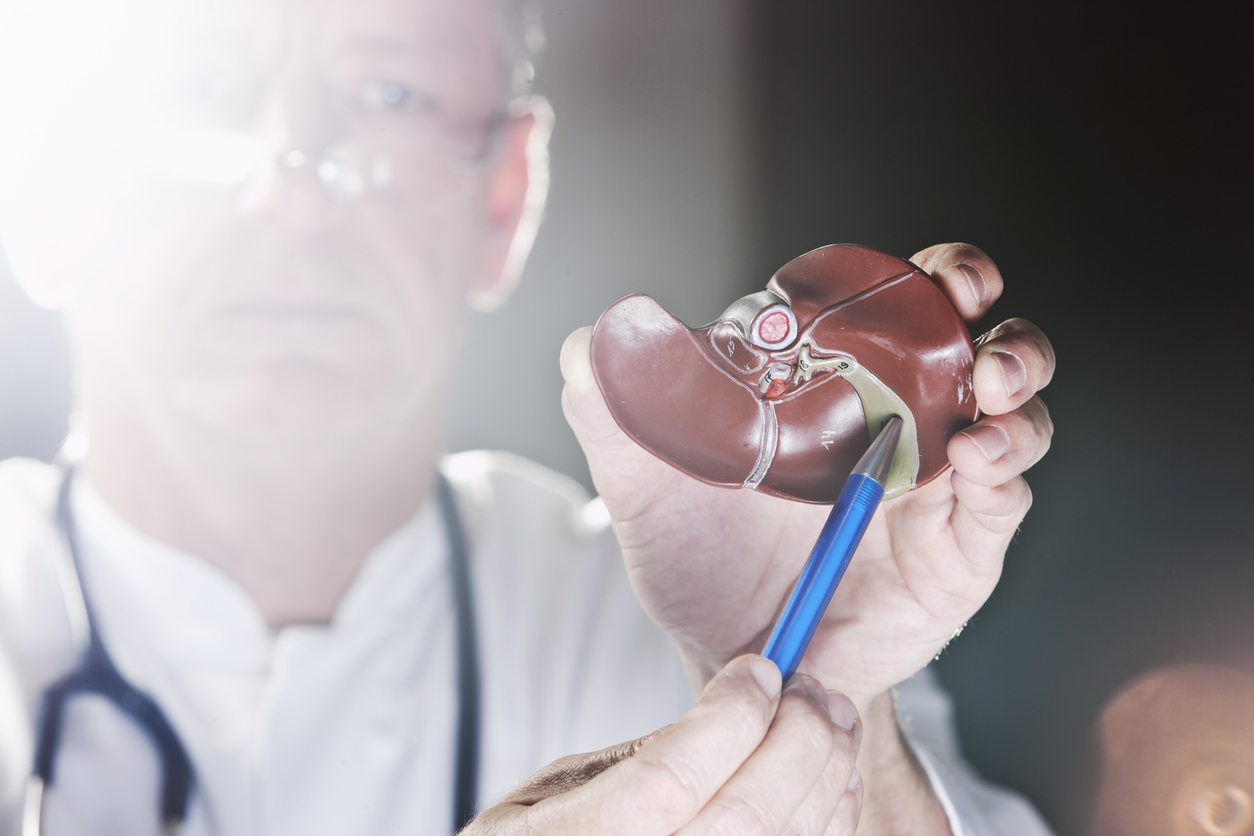Are you experiencing persistent abdominal pain and other uncomfortable symptoms like nausea or fever? If so, gallstones might be the culprit. They are hard deposits of bile that form in the gallbladder and can cause various health issues if not detected or treated early on. In this blog post, we’ll discuss what gallstones are, what causes them to form, how they’re diagnosed with imaging scans such as ultrasounds and CT scans – plus much more! Keep reading for a comprehensive look at identifying and managing these troublesome stones.
What are Gallstones, and What Do They Look Like?
Gallstones are small, hardened deposits of digestive fluid that can form anywhere in the gallbladder or biliary system. Gallstones come in many shapes, sizes, and colors. They can be as small as a grain of sand or as large as a golf ball. They have a crystallized appearance and can range from yellowish-green to brown, grey, or even black, depending on the amount of bilirubin pigment. Gallstone formation is usually related to an imbalance in the cholesterol and bile components found within the bile secretions. If left untreated, Gallstones may cause significant complications, including infection, jaundice, and pancreatitis, which can be very painful for patients. Therefore it is important to seek medical intervention should you experience symptoms associated with Gallstones.
What are the Symptoms of Gallstones?
Symptoms can range from mild to severe and, in some cases, can be symptomless. Common symptoms include discomfort or pain in the upper right abdomen, which can radiate to the back or shoulder blade, nausea, vomiting, fever, chills, and tea-colored stools. Certain foods, such as fatty or fried meals, often trigger symptoms. Diagnosis is made through a physical exam, blood tests, and imaging studies such as an ultrasound or CT scan. Suppose you have any of the symptoms mentioned. In that case, it is recommended that you seek medical advice for further assessment and possible treatment of gallstones.
How are Gallstones Treated?
Treatment of gallstones depends on their size and location. Generally, treatment options include medication, minimally-invasive procedures, or surgery. Gallstones smaller than five millimeters may be treatable with medications such as ursodeoxycholic acid or chenodiol, which can dissolve the stones over time. For larger stones or those located in the gallbladder, a minimally-invasive procedure known as lithotripsy is recommended to break up the stones and allow them to flushed out of the body with natural bile flow. In some cases, when medications fail to resolve a blockage due to gallstones or if there is extreme pain, injury, or infection, surgical removal of the gallbladder may be necessary to remedy the problem. Treatment decisions should only be made after considering all factors involved.
What is the Prognosis for Someone with Gallstones?
Gallstones can be a debilitating health issue, and the patient’s prognosis depends on the severity of their condition. Typically, if the patient is asymptomatic or experiencing mild symptoms, their prognosis is generally good. However, complications such as gallbladder attack, gallstone pancreatitis, or infection may require additional treatment, so regular check-ups should be scheduled. In most cases, lifestyle and dietary changes are recommended to lower the risk of further problems. Diet modifications may include reducing the consumption of high-fat foods and increasing the consumption of low-fat foods. Surgery may also be an option for reducing the number and size of existing stones to provide relief. With proper diagnosis and care, gallstone individuals can lead a full life free from pain or discomfort.
Are there any Risks Associated with Having Gallstones Removed Surgically?
While having gallstones removed surgically can offer relief from pain and other symptoms, it is important to recognize that the procedure carries some risks. In rare cases, risks associated with surgically removing gallstones include infection, bile leakage, bleeding, abdominal wall tears, and even death. In addition, a small portion of the it can remain after surgery. If gallstone removal is necessary due to constant pain or other indications of a disease state, many benefits are associated with doing so; however, it is always essential to consider potential risks and weigh them against desired outcomes before making any decisions.
Gallstones are one of the many uncomfortable conditions that can affect your body. If you have been experiencing abdominal pain, nausea, and bloating, it’s important to seek medical attention and get evaluated for possible gallstones. Your doctor can review medical imaging such as ultrasound and CT scans to get a better picture of your internal organs, determine the cause of your pain, and provide a specialized treatment plan. Depending on the size of the stones and if any complications have occurred, surgery may be required for more severe cases. Gastro Florida is one of the leading centers providing cutting-edge care for gastroenterological conditions such as gallstones. We offer individualized consultation services and provide a full range of treatments, from lifestyle changes and dietary modifications to laparoscopic cholecystectomy – all designed to treat the root cause of your condition. Contact Gastro Florida today for all your gastrointestinal needs; we care about your health!



 Close
Close